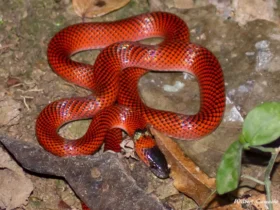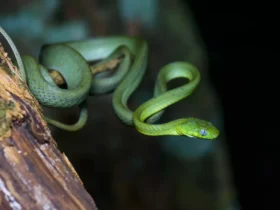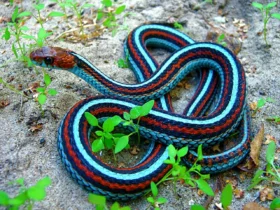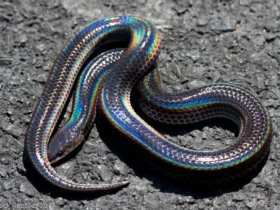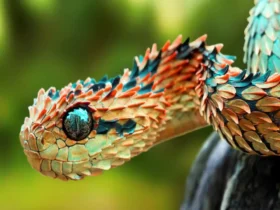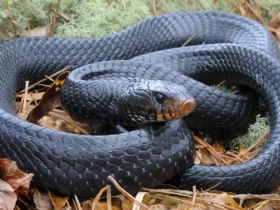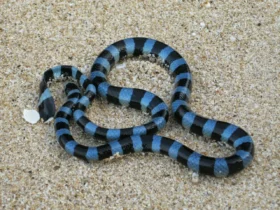The natural world is full of captivating and diverse creatures, each with its own unique charm. Among the many fascinating reptiles that inhabit our planet, the ring-necked snake (Diadophis punctatus) stands out as a truly enigmatic species. With its vibrant coloration and distinctive markings, this small snake has captured the attention and curiosity of nature enthusiasts worldwide.
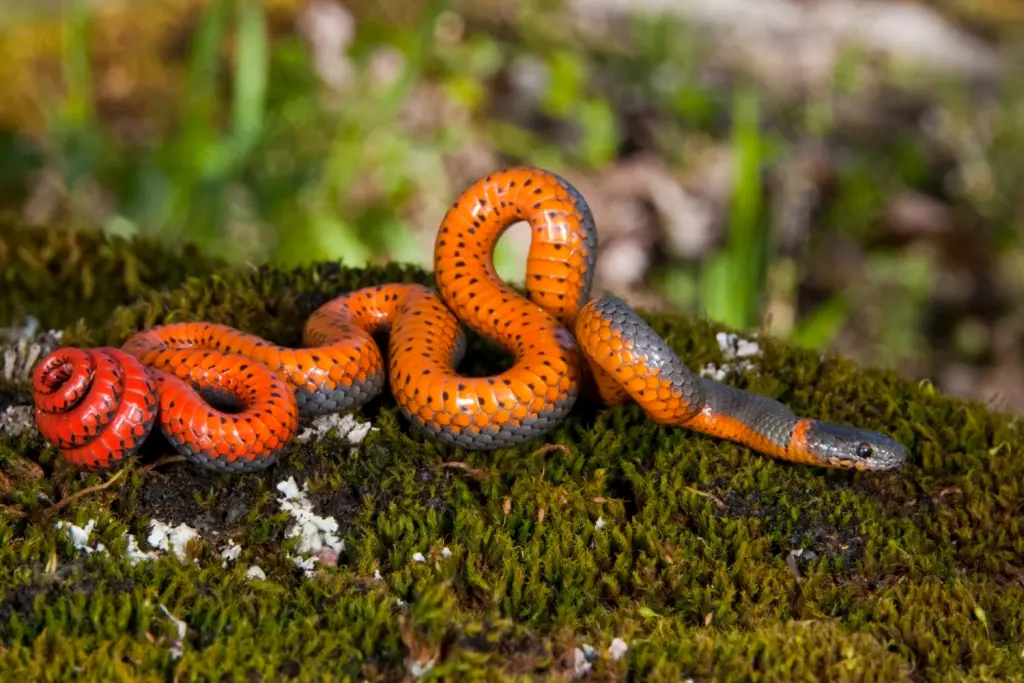
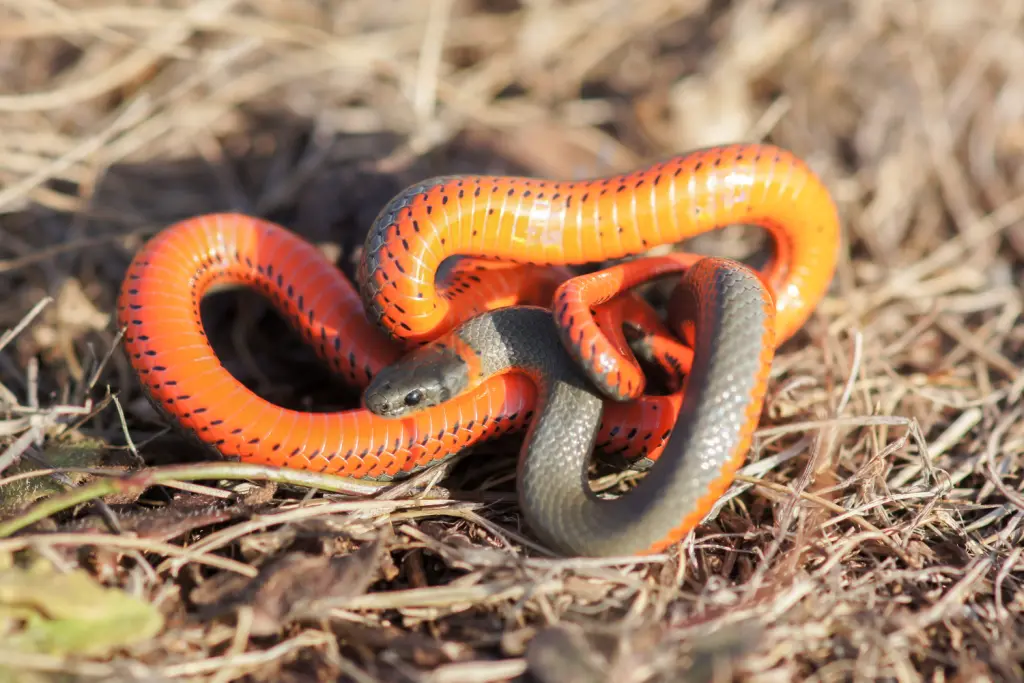
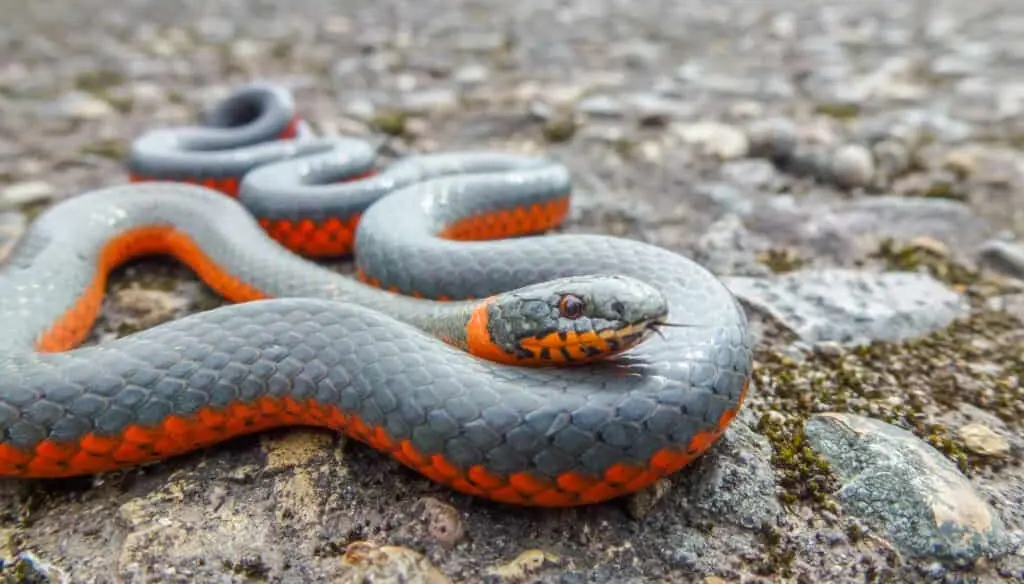
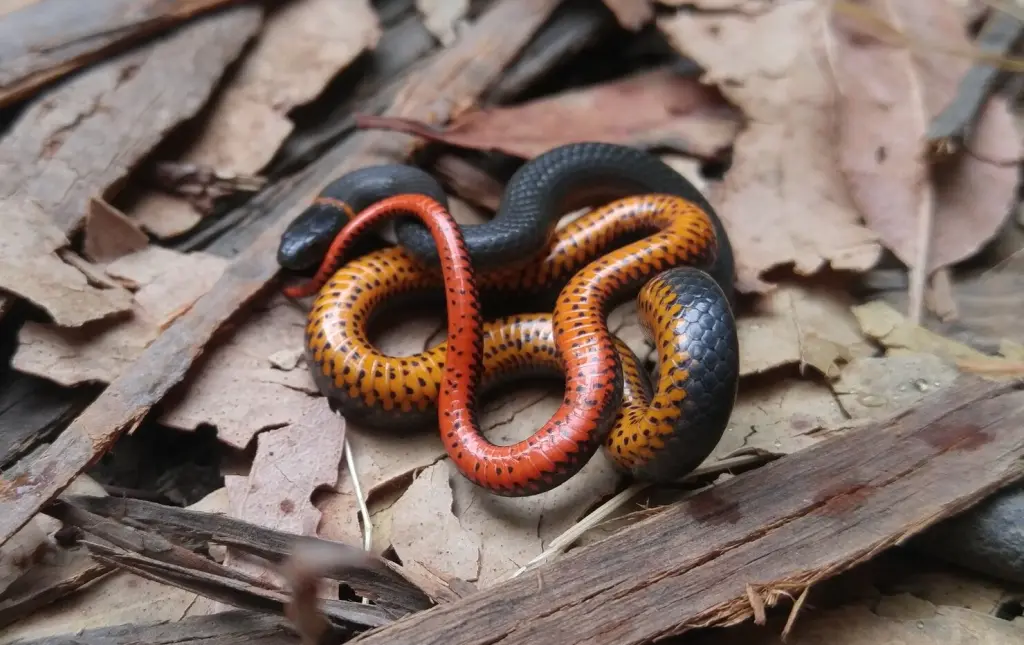
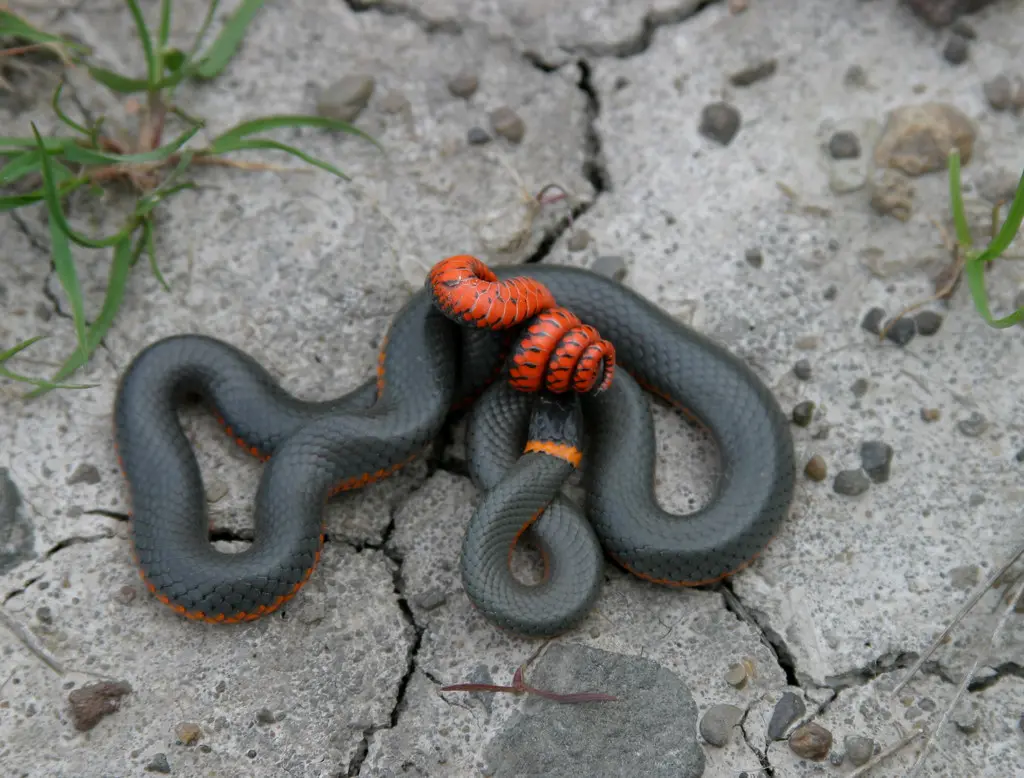
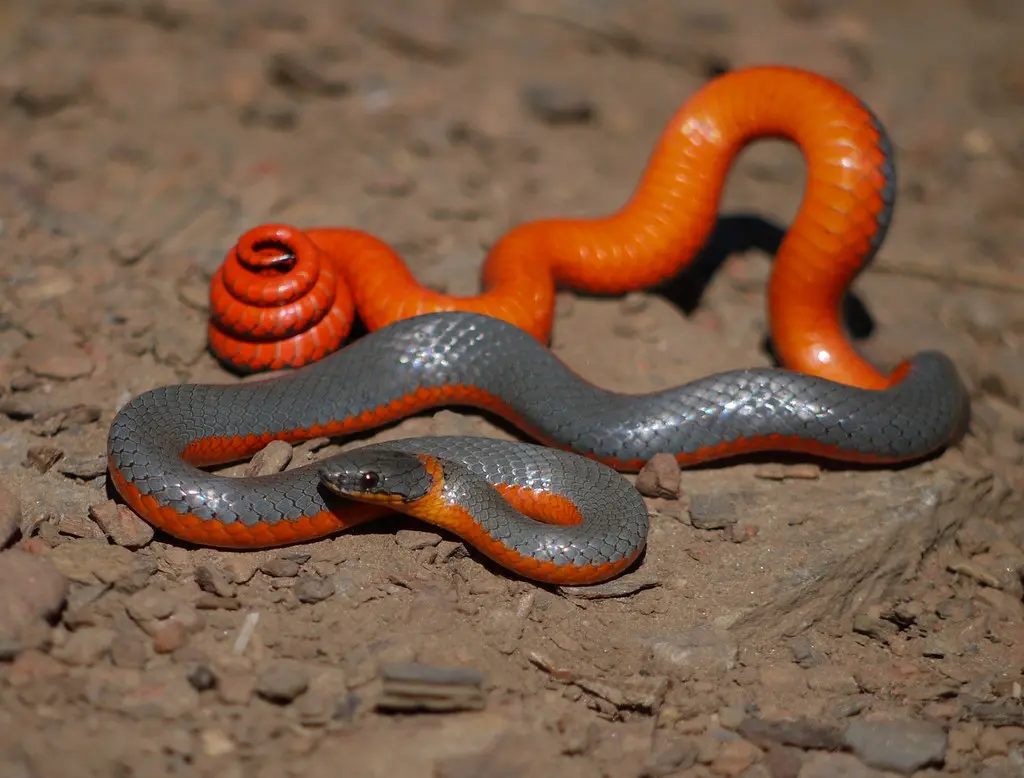
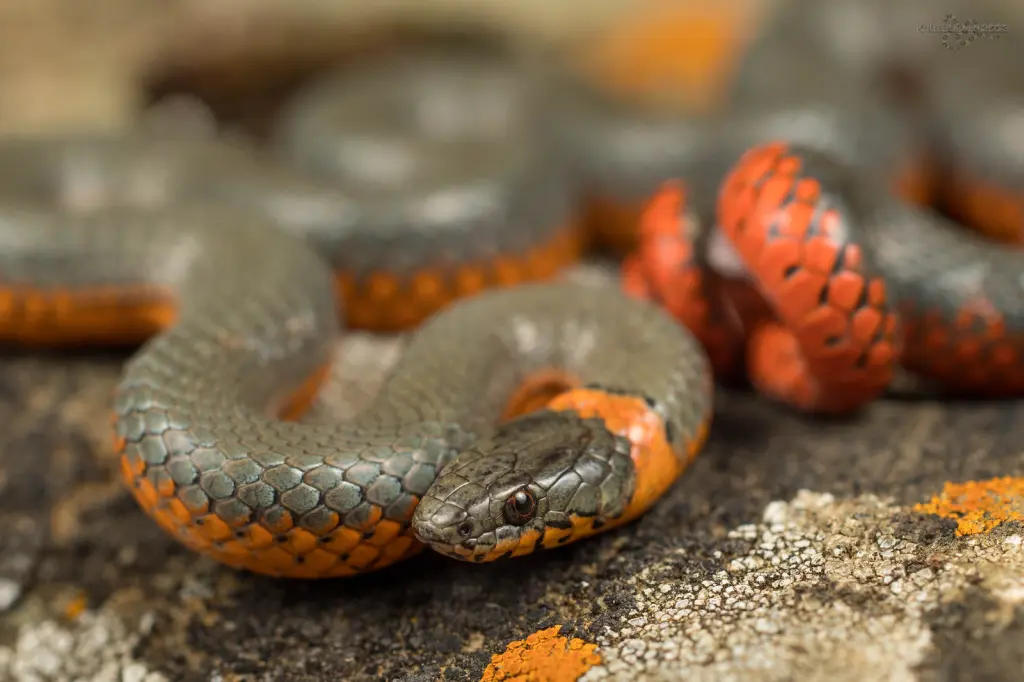
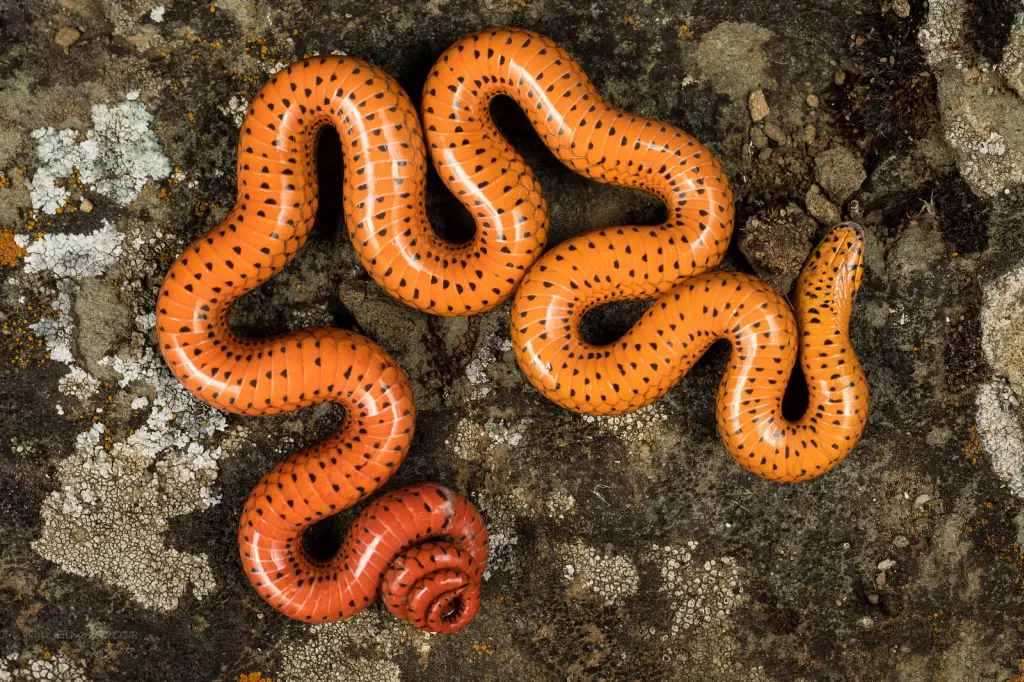
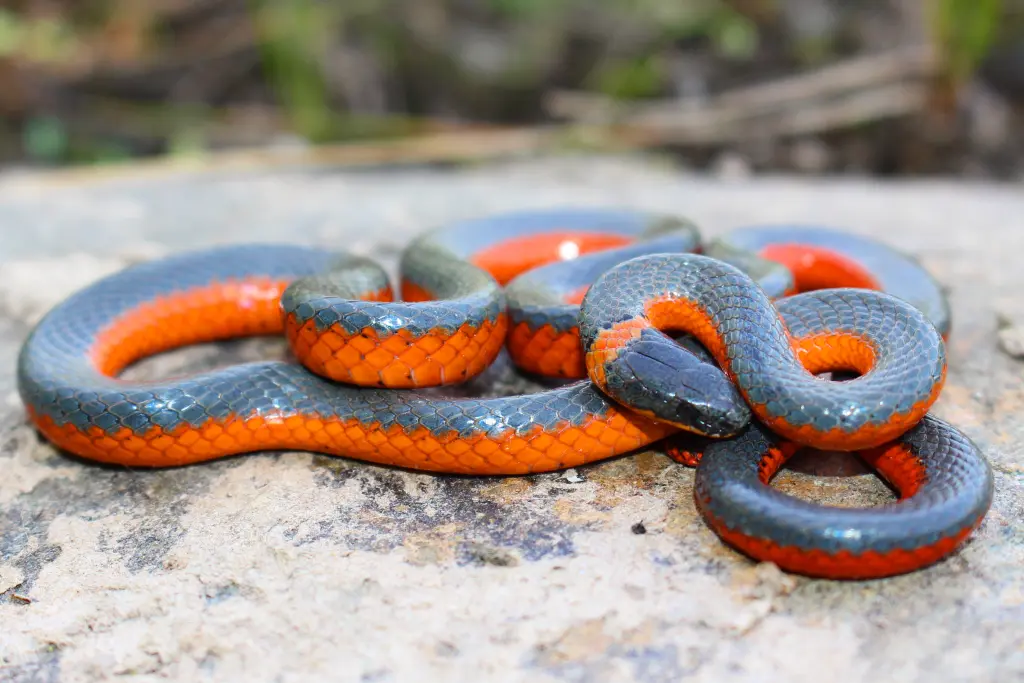
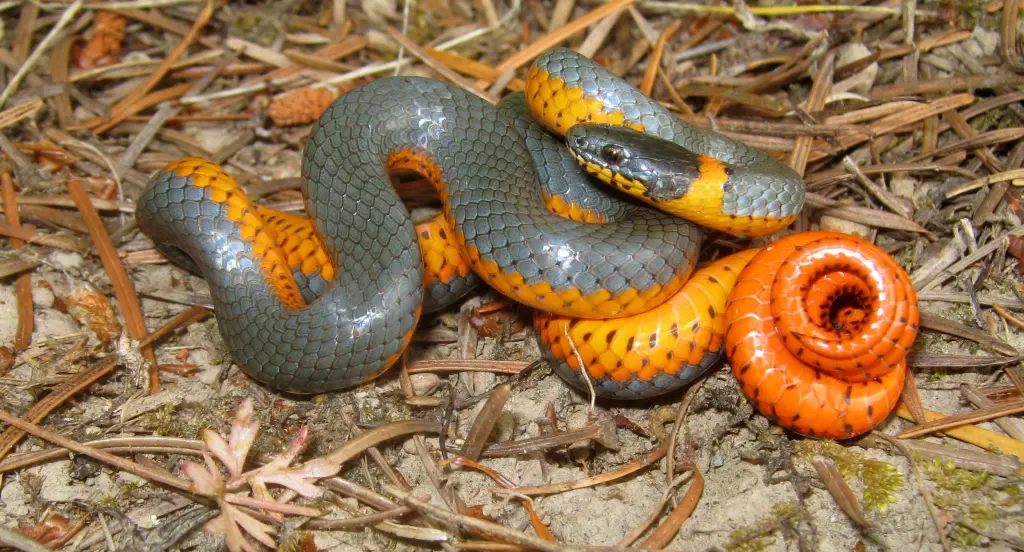
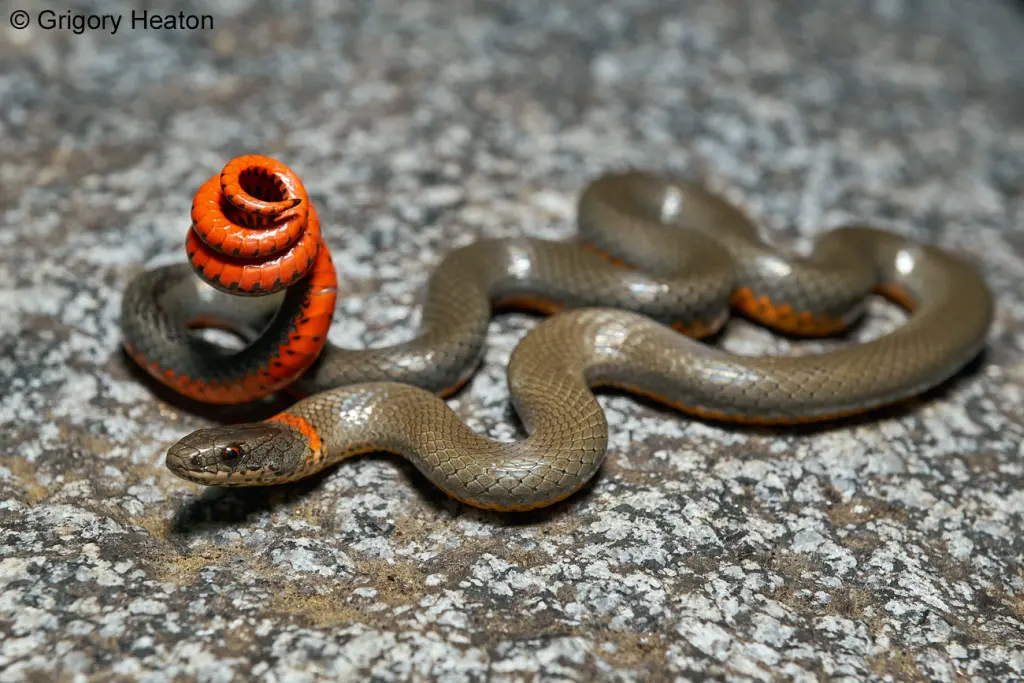
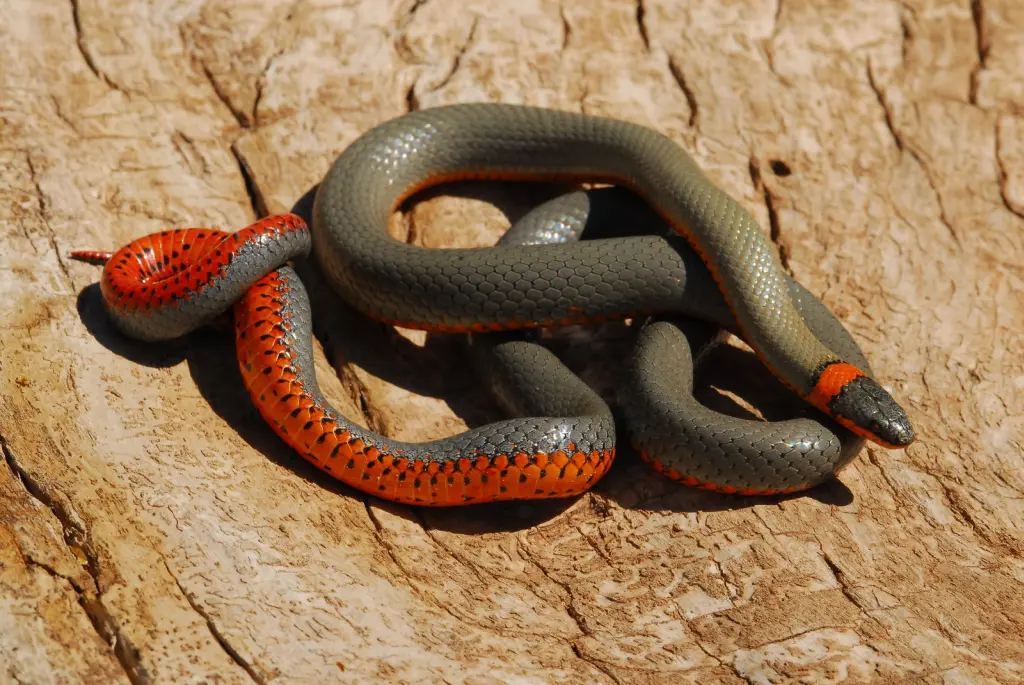
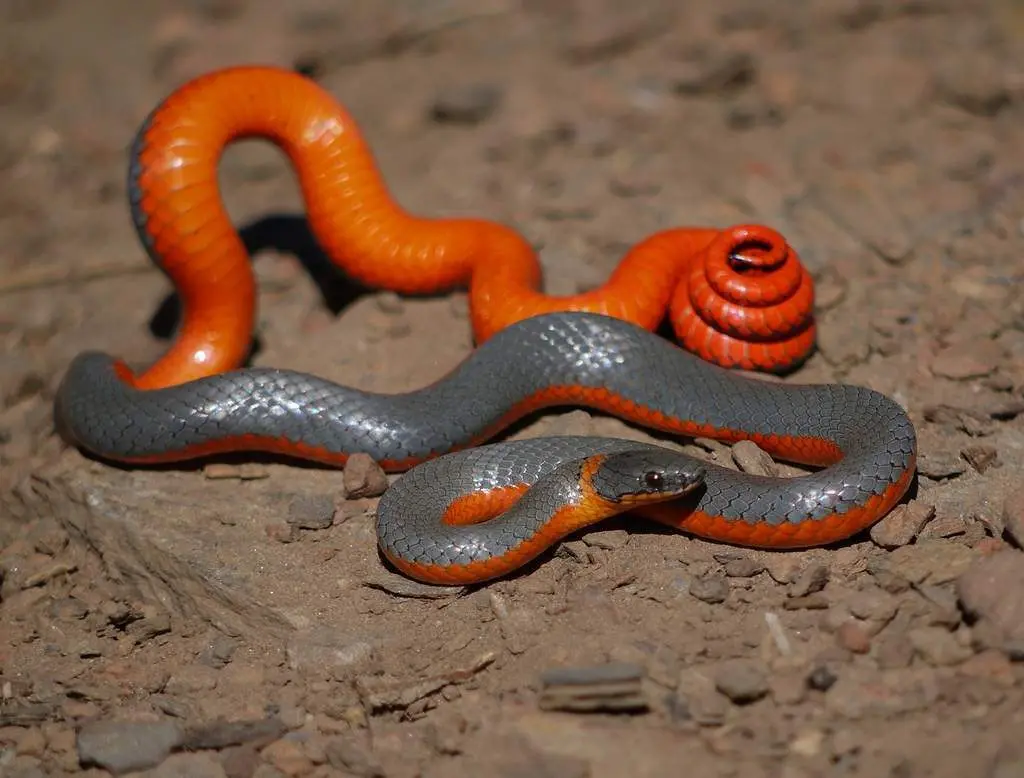
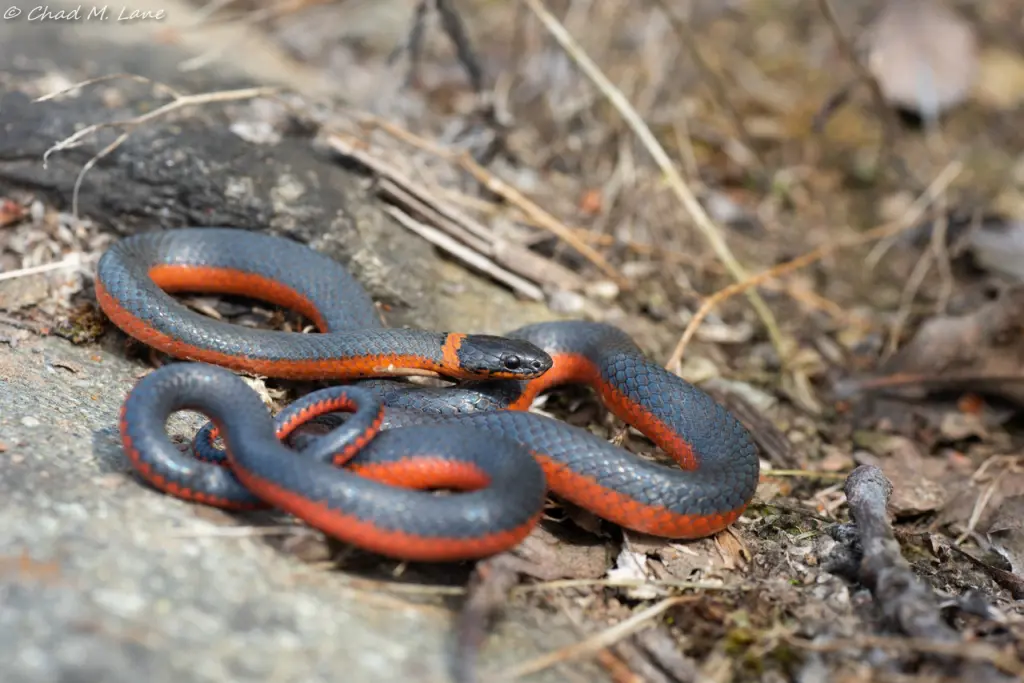
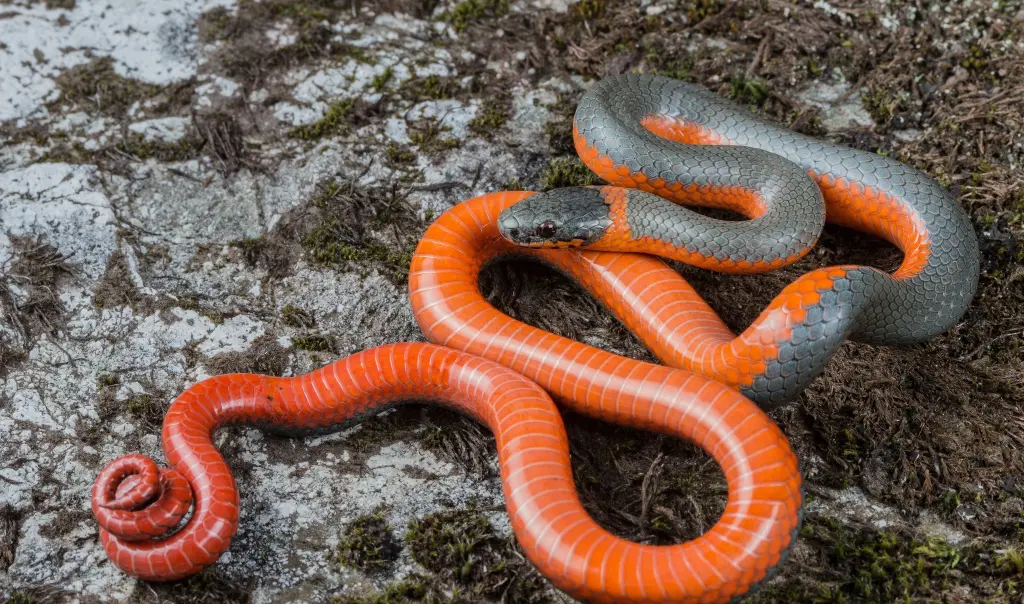
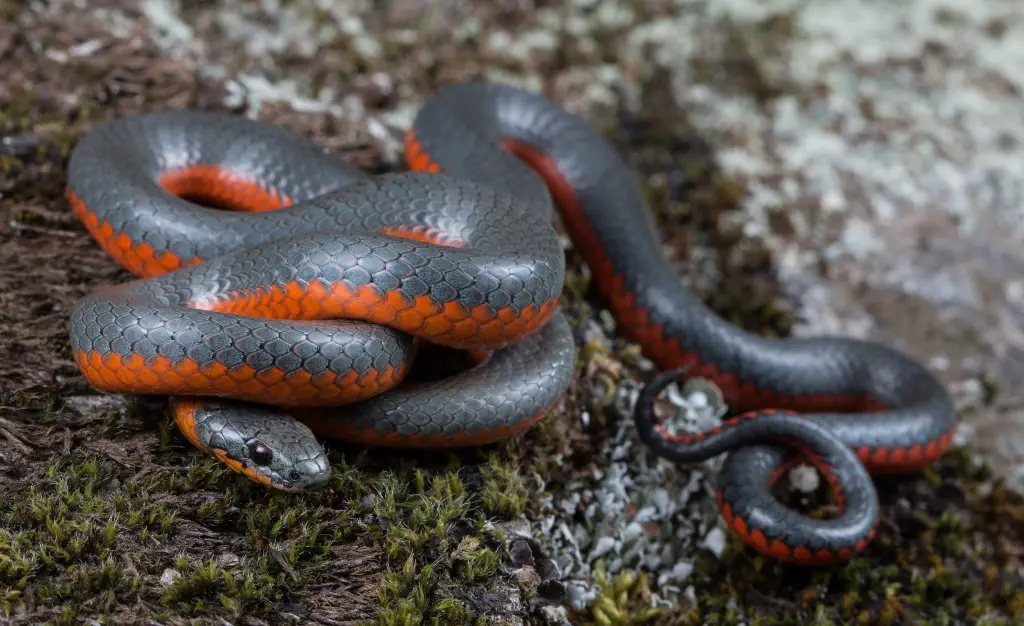
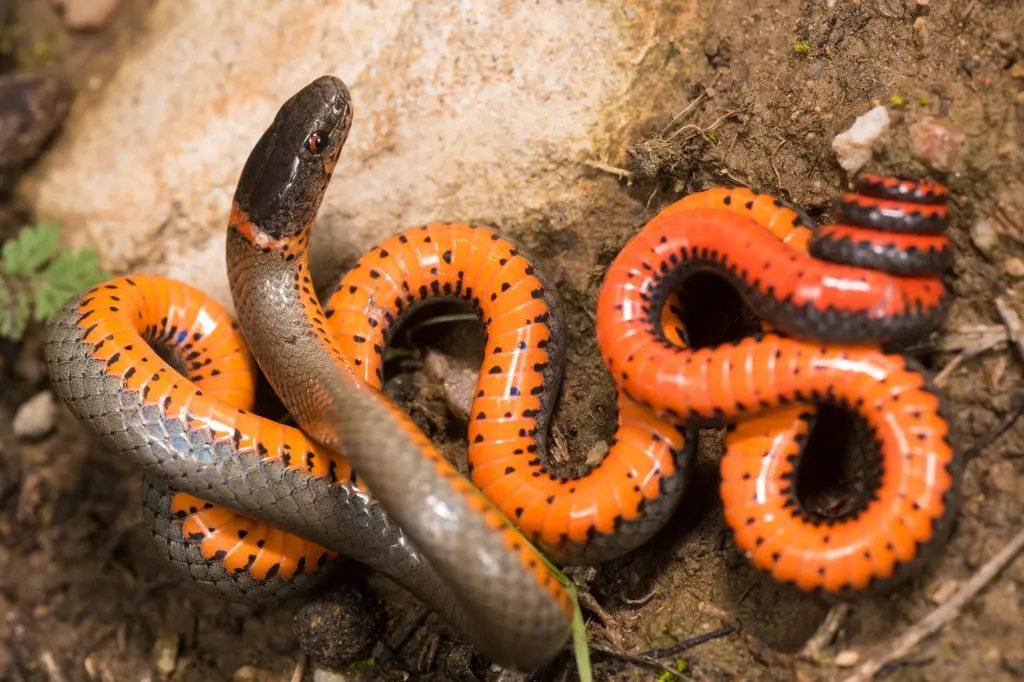
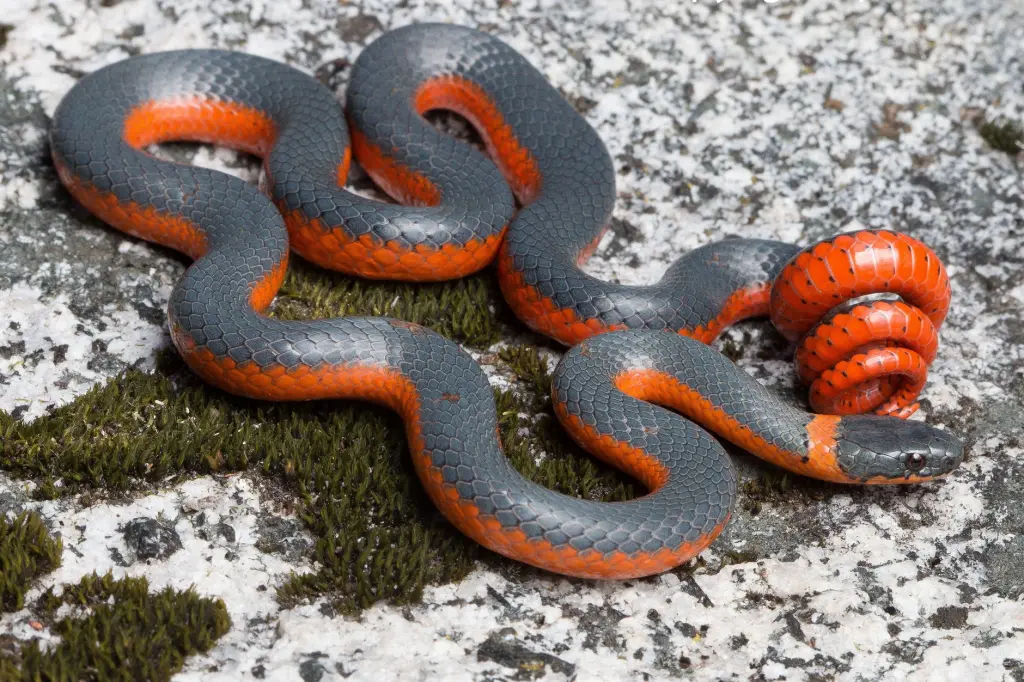
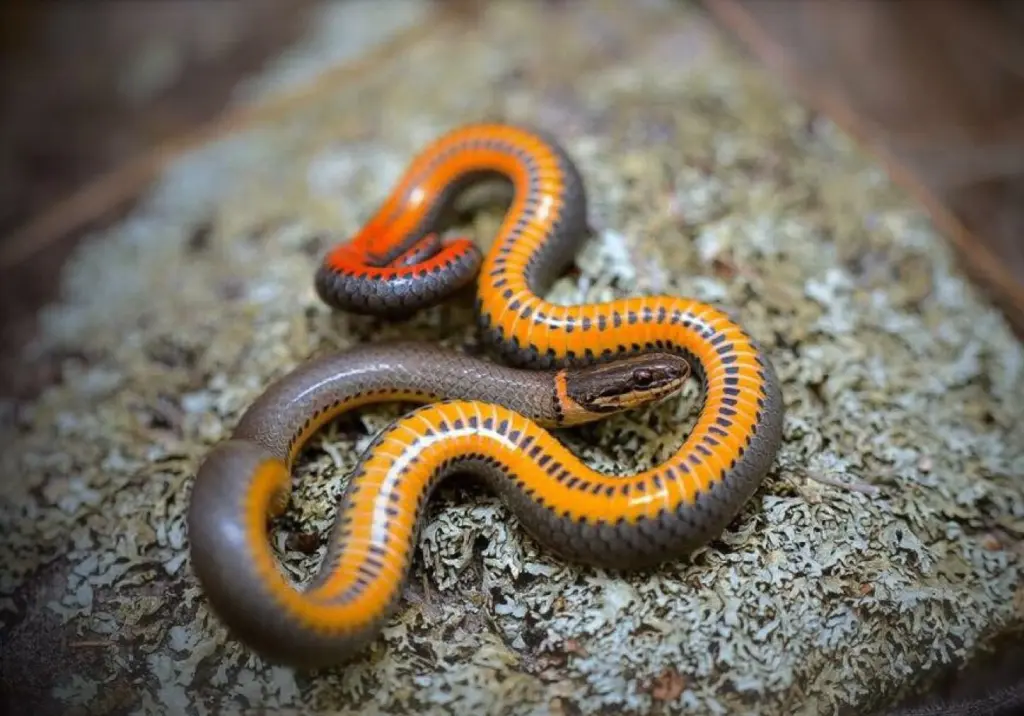
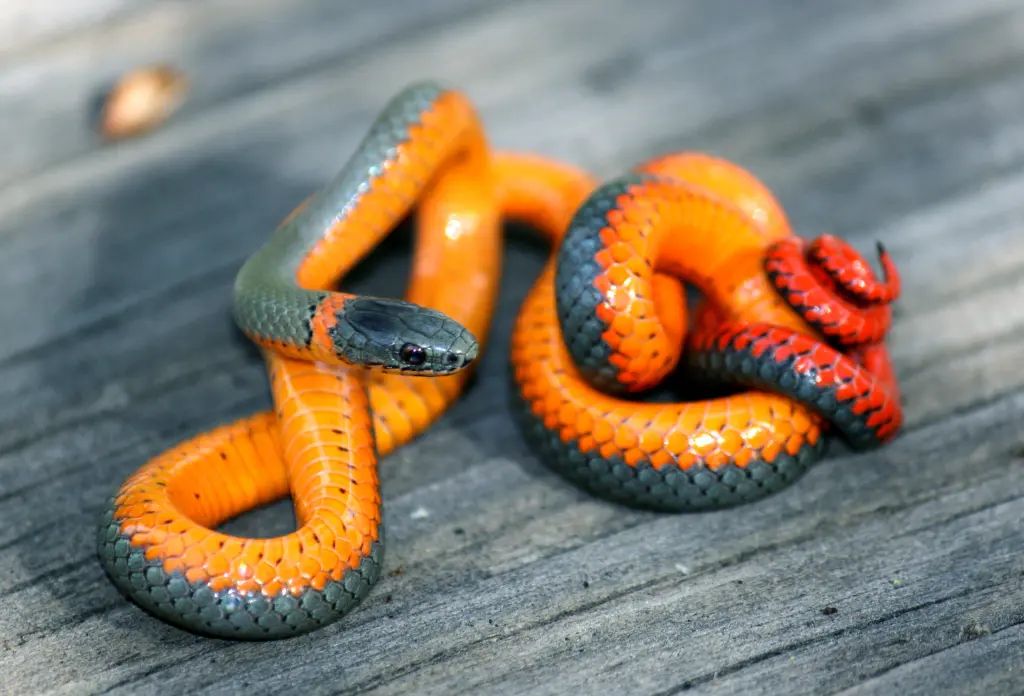
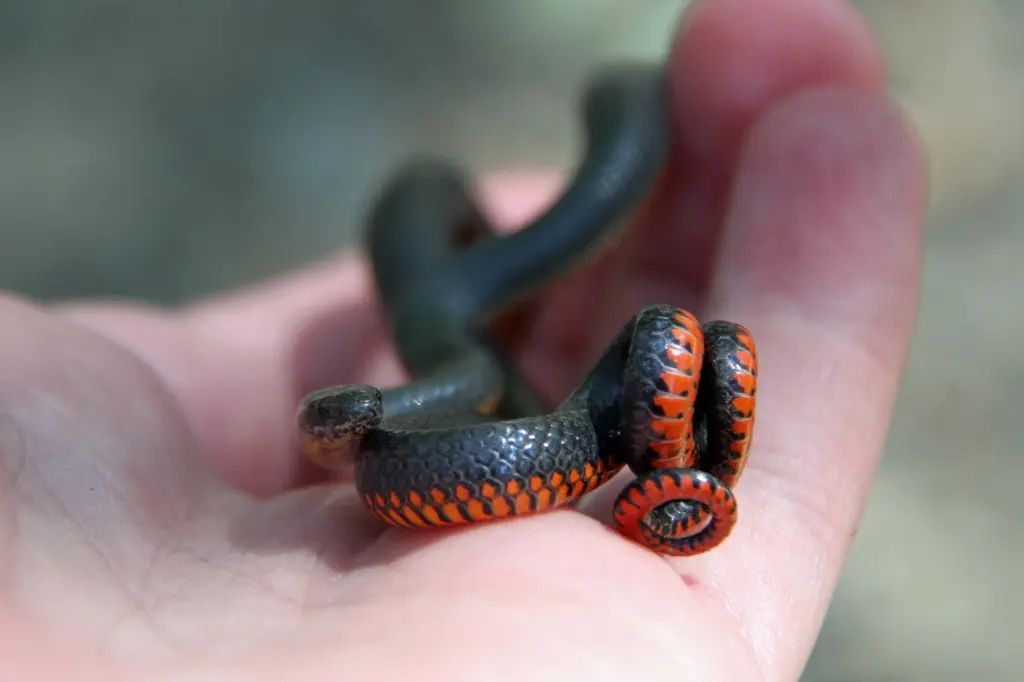
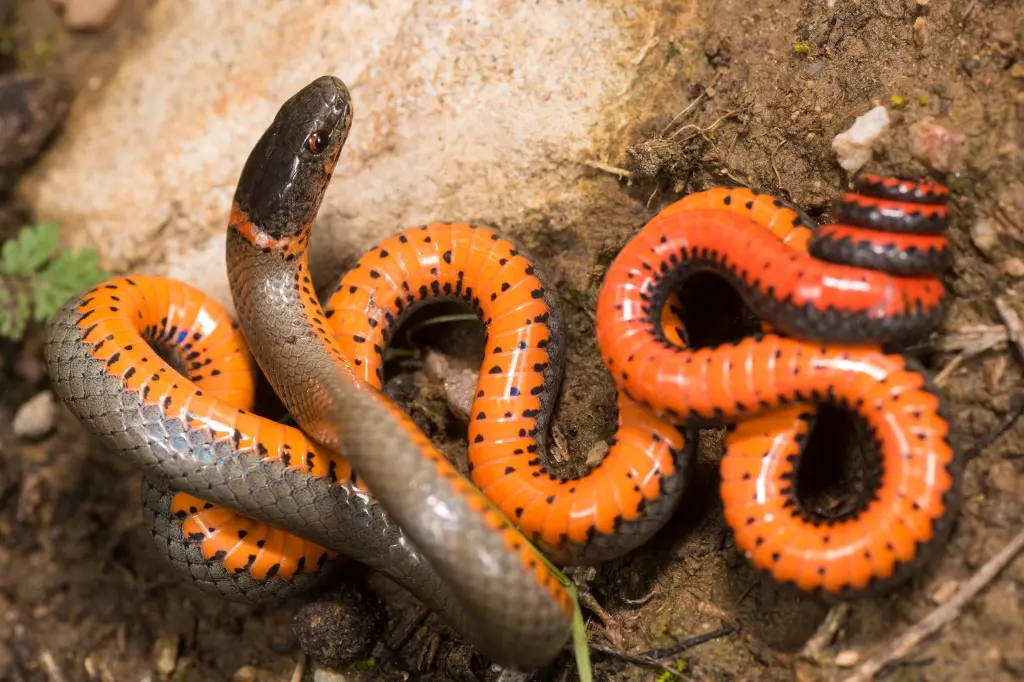
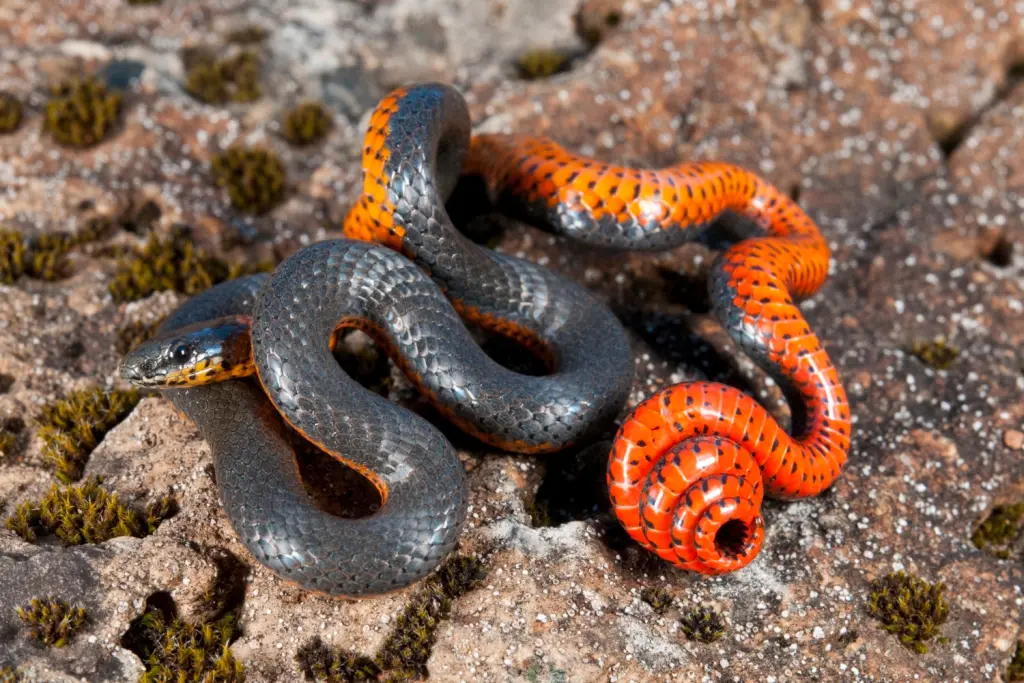
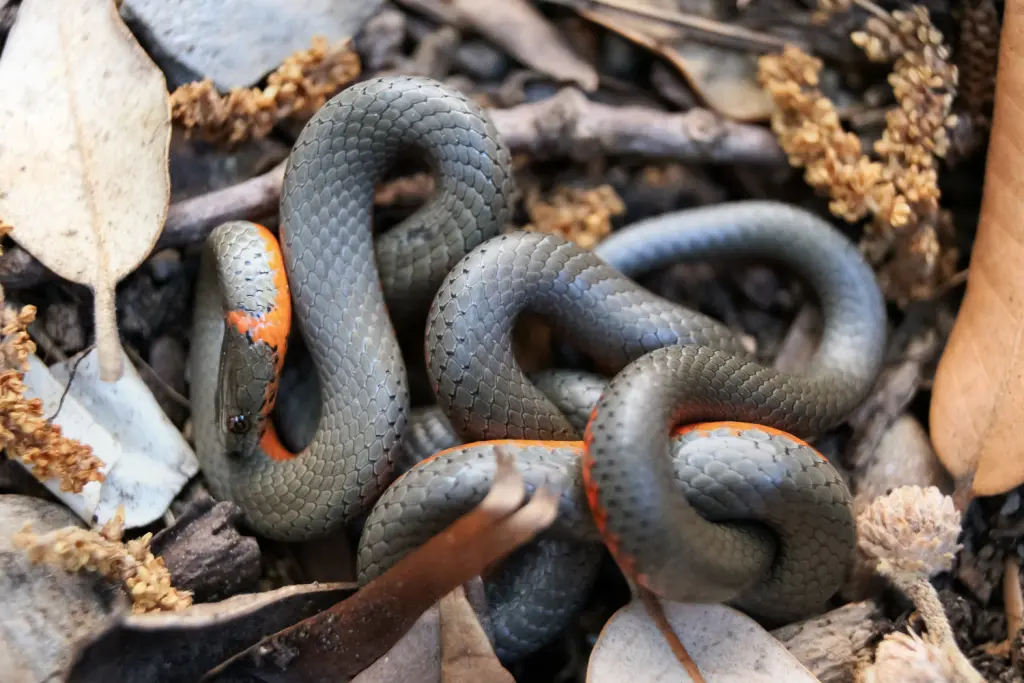
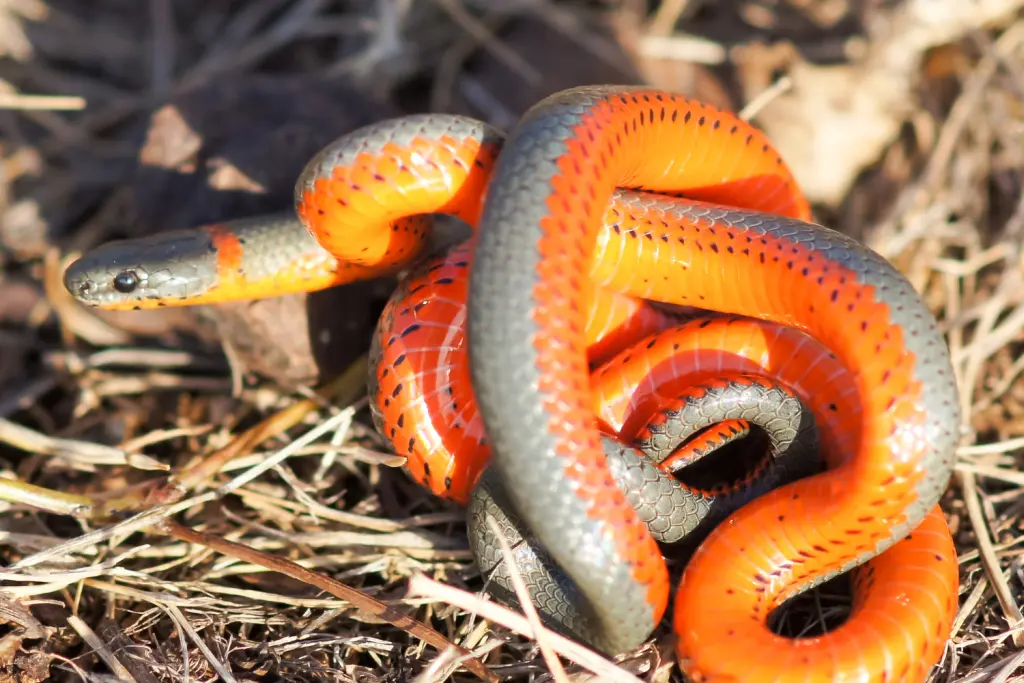
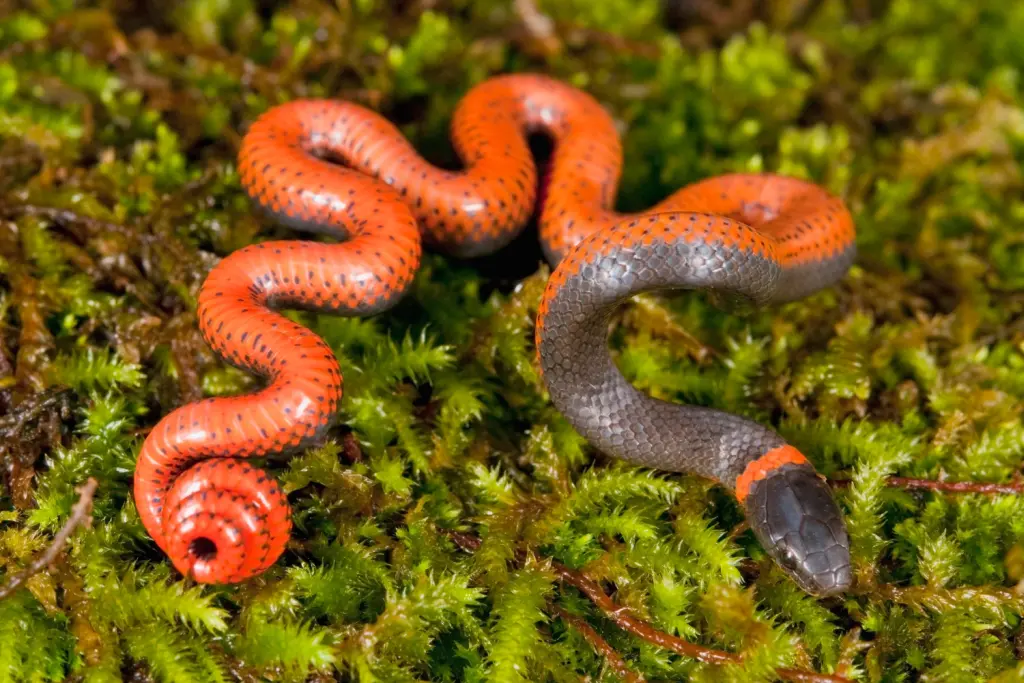
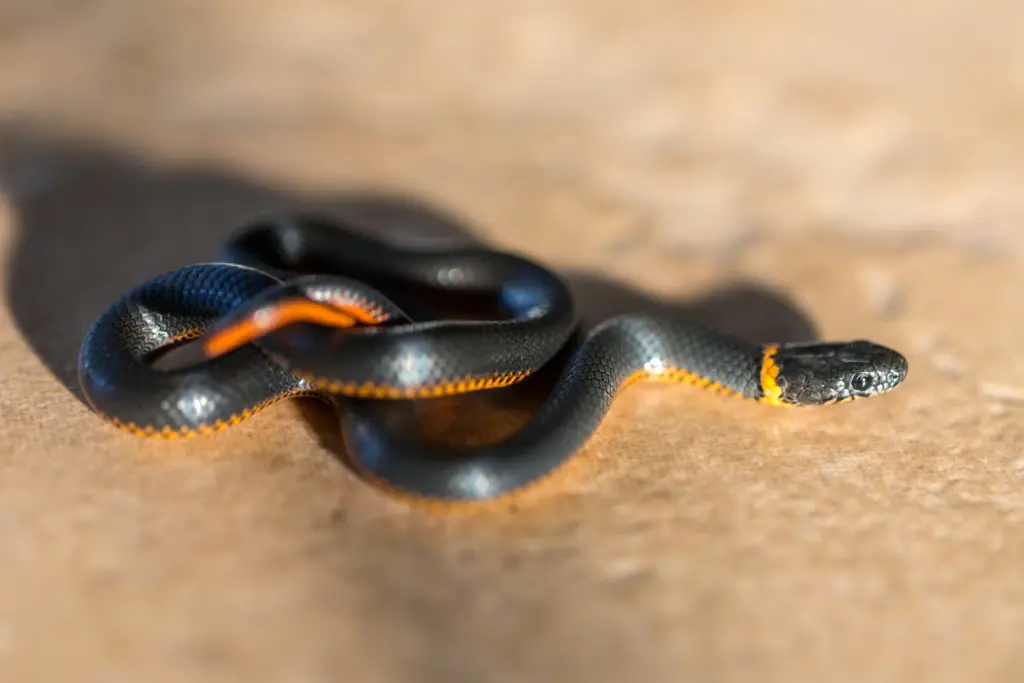
Appearance and Identification
The ring-necked snake derives its name from the distinctive yellow or orange ring encircling its neck. While the neck ring is its most recognizable feature, the snake’s overall appearance is equally mesmerizing. Adults typically grow to be around 10 to 15 inches long, making them relatively small in size compared to other snake species. Their slender bodies are adorned with smooth scales that give them a sleek and elegant appearance.
One of the most striking aspects of the ring-necked snake is its coloration. While individuals may vary in shade and pattern, they commonly possess a dark gray or black dorsal (upper) surface with a vibrant yellow, orange, or red underside. The contrast between the dark dorsal side and the vivid ventral side creates a visually stunning effect, making this snake an unmistakable sight for lucky observers.
Habitat and Range
Ring-necked snakes are found across a diverse range of habitats throughout North America. From woodlands and grasslands to wetlands and even suburban gardens, these adaptable serpents have managed to thrive in various environments. They are particularly fond of forested areas with ample leaf litter and moist soil, as these habitats provide an abundance of prey and suitable shelter.
While their range extends from southern Canada to northern Mexico, ring-necked snakes are most commonly encountered in the eastern and central regions of the United States. However, they are not limited to this area alone, as they can be found in scattered populations across other parts of North America.
Diet and Behavior
Ring-necked snakes are primarily nocturnal, which means they are most active during the nighttime hours. They are skilled hunters, relying on their keen eyesight and sense of smell to locate their prey. Their diet primarily consists of small creatures such as earthworms, slugs, salamanders, and small amphibians. They are also known to consume small snakes, lizards, and even soft-bodied invertebrates.
When threatened, ring-necked snakes exhibit a fascinating defensive behavior. Rather than resorting to aggression or biting, they employ a unique defensive strategy known as “death feigning.” This behavior involves the snake curling up, exposing its brightly colored ventral side, and remaining completely still. This clever tactic often confuses potential predators, giving the snake an opportunity to escape unnoticed.
Fascinating Biology
Aside from their captivating appearance and behavior, ring-necked snakes possess some interesting biological characteristics. These snakes are oviparous, meaning they lay eggs instead of giving birth to live young. After mating, the female will typically lay a clutch of three to ten eggs in a hidden location such as a decaying log or under leaf litter. The eggs are left to develop and hatch on their own, and the newborn snakes emerge fully independent.
Moreover, ring-necked snakes are mildly venomous, but pose no significant threat to humans. Their venom is primarily used to immobilize and subdue their small prey. While they possess rear fangs to deliver their venom, their small size and shy nature make them harmless to humans.
Appreciating Nature’s Gems
The ring-necked snake exemplifies the awe-inspiring beauty and diversity of the natural world. Its vibrant colors, unique defensive behaviors, and adaptable nature make it a truly remarkable reptile. As nature enthusiasts, we are fortunate to share our planet with such captivating creatures, reminding us of the intricate tapestry of life that surrounds us. So, the next time you venture into the great outdoors, keep an eye out for the elusive and enchanting ring-necked snake, an exquisite gem of our natural heritage.
